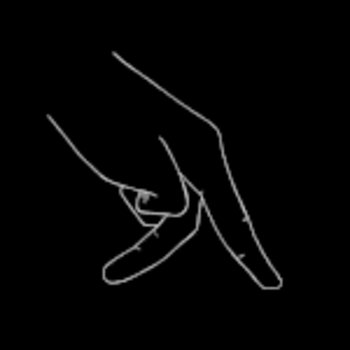How do you solve #\frac { 3} { 5} | 10- 5x | + 7> 25#?
2 Answers
when
Explanation:
the first step is to simplify the expression as much as we can.
Now
the turning point can easily be found be equating to zero,
so when x is less than 2 the function is
so to find the values that make all these conditions true we must equate.
so, check that this x value meets the requirement of being less than 2. (which it does)
and
so, check that this x value meets the requirement of being greater than 2. (which it does)
so we have our two solutions.
This is true either when x is less then -4 or greater than 8.
it is easier if you visualise it as a graph,
graph{|10-5x| [-30.65, 34.3, 8.55, 41.05]}
Explanation:
Another way to solve this is using an algebraic technique.
on expansion,
(both sides are negative so no change of sign is needed for

